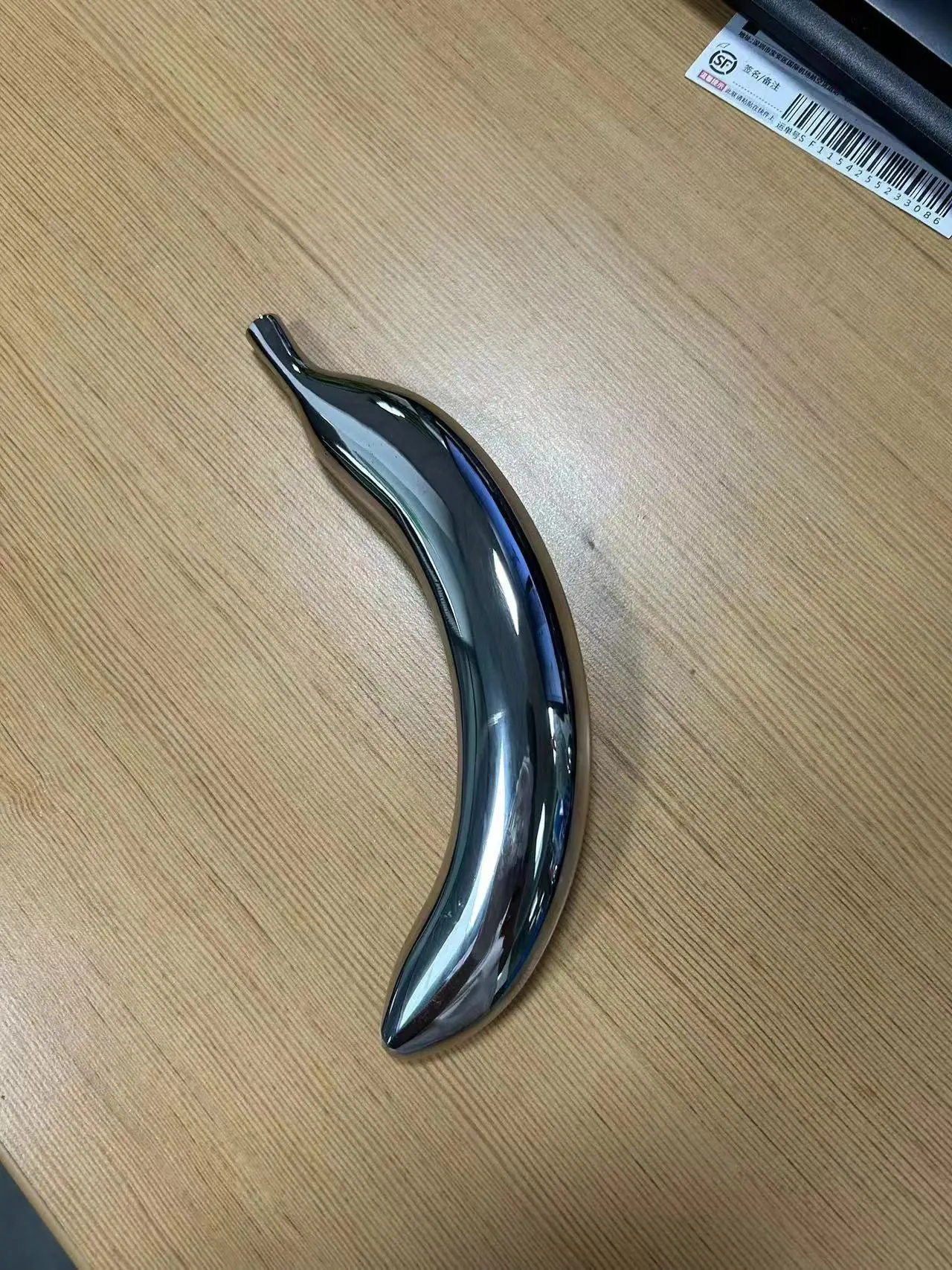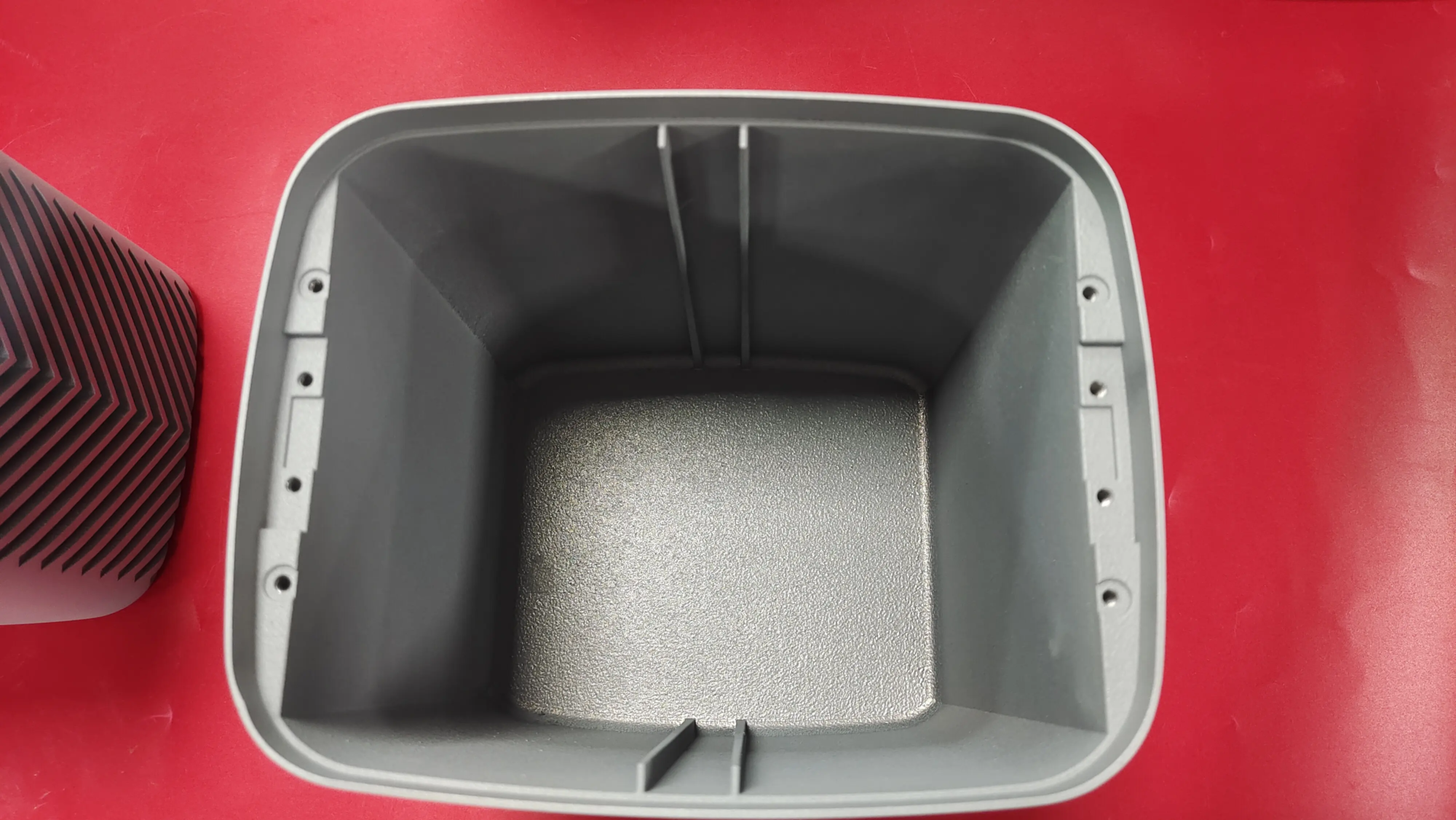Embrace the Future of Games: The Rise of 3D Printed Teddy Bears
For more than a century, a modest teddy bear has been a universal symbol of comfort, imagination and childhood. But with the development of technology, so did this timeless toy. Enter 3D Printed Teddy Bear – The fusion of nostalgia and cutting-edge innovation is changing the way we design, produce and interact with toys. As additive manufacturing advances, these customizable companions are redefining children’s games while opening doors for personalized design and sustainable production.
Innovation behind 3D printing of teddy bears
Traditional toy manufacturing often relies on mass-produced molds, thus limiting personality. 3D printing breaks these constraints. With digital blueprints (CAD files), each bear can be tailored to its unique shape, size, and function without the need for expensive heavy duty. Sensitive elements (such as joints, facial expressions, or accessories) can be designed accurately so that:
- Super personalized: Names, abbreviations and even facial similarities can be merged.
- Complex geometric shapes: Intricate textures, interlocking parts and hollow structures save materials and reduce weight.
- Material diversity: From soft, flexible TPUs of plush objects to durable ABSs with accessories, materials can be selected for functionality and safety.
In addition to aesthetics, 3D printing provides Sustainability allowance: Environmentally friendly biodegradable filaments and local production reduces transportation minimum waste through additive stratification.
Technology Edge: The Role of Greglight in Toy Innovation
As the leader of rapid prototypes, Great Make designers and manufacturers able to bring these innovations to life. Our expertise leaps Introductory concepts to complex, custom executionmake sure every part (even metal components such as buttons, joints or charms) is made perfectly. Here is how our functionality is consistent with toy innovation:
Advanced equipment and materials
Equipped with high accuracy SLM (Selective Laser Melting) 3D PrinterGreatlight can handle complex metal parts for enhanced teddy bear elements. Whether it is stainless steel joints for pronunciation or premium aluminum name tags, our portfolio supports a wide range of metals – titanium, cobalt Chrome and more. For non-metal parts, we provide partnerships for multi-material integration.Precise prototype
Rapid iteration is the key to design verification. Our 48-hour rapid prototyping service allows designers to test ergonomics, safety, and aesthetics before committing to production, saving time and cost.One-stop post-processing
Toys for finishing matters. We offer CNC machining, grinding, polishing and shading to eliminate sharp edges and enhance visual appeal. Metal parts achieve medical-grade smoothness, while plastics are suitable for textures such as artificial fur or satin coatings.- Large-scale customization
Need a custom bear with limited edition or personalized promotion? Our agile workflow turns CAD files into mini-to-McCross batches of barterable items. Substance customization (including biocompatibility and flame retardant options) ensures compliance with global safety standards (e.g., EN71, ASTM F963).
The Future of Games: Why This Is Important
3D printed teddy bears symbolize broader change. Besides making the kids happy, they represent Possibility of manufacturing on demand: Education stem kit, collector’s items, therapeutic tools or branded merchandise. For businesses, this reduced waste and instant customization cuts costs and inventory risks. The creativity and reality of 3D printing bridges amid growing demand for meaningful, unique products.
Conclusion: A new era of children’s icons
Teddy Bears have evolved from stuffed fabrics to miracles with technical authorization. 3D printing injects versatility, sustainability and magic into every needle-free curve. As a pioneer of rapid prototypes, Great Advocate this revolution, ensuring that metal components are as precise and durable as their inspired dreams. Explore the future of the game – touch long distances and let your vision take shape.
FAQ: 3D printed teddy bear
Q1: Is 3D printed teddy bear safe for children?
A: Yes, when production is responsibly. The materials must be non-toxic and meet toy safety standards. At Greatlight, we prioritize FDA-approved plastic and smooth metal finishes to eliminate risks. Post-treatment (such as sanding) ensures that the surface is child-friendly.
Q2: How customizable are they?
Answer: Endless. From embedding a child’s name to designing unique poses or accessories, digital files make modifications easy. Greatlight supports customized CAD designs and provides consulting on structural integrity.
Question 3: Can I combine soft materials with 3D printed parts?
Answer: Absolute. Mixed designs (such as 3D printed joints + fabric bodies) are common. We focus on precision metal components while working with partners for complete assembly.
Q4: Which materials are ideal for 3D printed teddy bears?
A: Soft TPU/TPE simulates plush textures, while durable PLA or ABS is suitable for rigid parts. For metal components, stainless steel or titanium ensures life. Greatlight recommends feature-based material selection.
Q5: How durable is a 3D printed teddy bear?
A: Quality varies by material and printing resolution. High-level resolution printing with post-processing (e.g. annealing) ensures strength. Greatlight’s metal parts can withstand years of play.
Question 6: Why choose the Greatlight for toy prototypes?
A: We provide Speed, accuracy and compliance. With SLM printers and one-stop decoration, we offer functional prototypes and parts within a few days and are tailored to safety standards. Ideal for innovators who need agility and expertise.
Turn your concept into a lovely miracle – with Greatimagination conforms to industrial-grade precision. Ask for a quote today and redefine Playtime!




